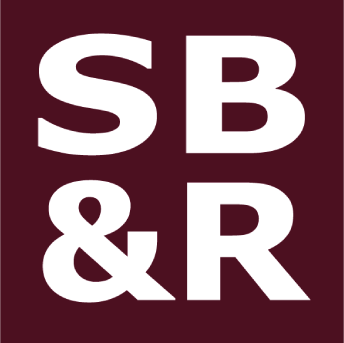EEOC Publishes New Enforcement Guidance on Harassment in the Workplace
On April 29, 2024, the U.S. Equal Employment Opportunity Commission (“EEOC”) published a final version of its new Enforcement Guidance on Harassment in the Workplace. The new guidance provides over 70 examples illustrating unlawful harassment, clarifying key questions related to harassment based on race, sex, and gender identity, inter alia. It also explains that prohibitions on workplace harassment extend to employee conduct in a virtual work environment.
In January 2015, the EEOC created its Select Task Force on the Study of Harassment in the Workplace and issued a report in 2016 with findings and recommendations on harassment prevention strategies. An initial draft of the guidance was proposed in 2017 but was not promulgated. The EEOC revised and issued its proposed harassment guidance on October 2, 2023, and received approximately 38,000 comments during the comment period.
As explained in the press release issued with the new guidance, the new guidance is intended to serve as a unified agency source on EEOC workplace harassment law, and it updates, consolidates and replaces EEOC guidance issued between 1987 and 1999. The EEOC explained the “notable changes in the law have occurred” since it last issued guidance on workplace harassment, including “the Supreme Court’s decision in Bostock v. Clayton County; the EEOC convened a bipartisan Select Task Force on Harassment in the Workplace and issued a detailed report setting forth its Co-Chairs’ findings and recommendations; and new issues have emerged, such as online harassment.”
The new guidance provides a roadmap for determining whether harassment violates federal EEO law and is separated into three sections: (1) covered bases and causation; (2) discrimination with respect to a term, condition, or privilege of employment; and (3) liability. Within each subcategory, the guidance provides fact patterns and analysis of whether the described conduct is prohibited or not. While not exhaustive, key provisions from the guidance are highlighted below.
Race and Color:
The guidance provides that Title VII prohibits discrimination based on race, as well as an individual’s pigmentation, complexion, or skin tone. Examples include:
· Racial epithets or harassment based on stereotypes about an employee’s race;
· Harassment based on an individual’s name, cultural dress, manner of speech, and physical characteristics; and
· Harassing Black employees with darker complexions but not harassing Black employees with lighter skin tones.
Religion:
The guidance provides that Title VII prohibits employment discrimination based on religion, including:
· Racial epithets or harassment based on stereotypes about an employee’s religion (including a lack of religious belief); and
· Harassment based on a request for religious accommodation.
Sex:
The guidance provides that Title VII prohibits employment discrimination based on sex, which encompasses discrimination based on gender and gender identity, pregnancy and childbirth, and sexual orientation. Examples include:
· Unwanted conduct expressing sexual attraction or involving sexual activity;
· Sexist comments or offensive conduct motivated by sex;
· Harassment based on pregnancy, childbirth, or related medical conditions, including lactation, using or not using contraception, or decisions to have or not have abortions;
· Harassment based on how an individual’s sexual orientation or gender identity is expressed;
· Physical assault due to sexual orientation or gender identity;
· “Outing” or disclosing an individual’s sexual orientation or gender identity without permission; and
· Misgendering or denying access to a bathroom consistent with an individual’s gender identity.
Retaliatory Harassment:
The guidance explains that EEO statutes, including 42 U.S.C. § 2000e-3(a), prohibit employers from retaliating against employees because of their “protected activity.” The guidance defines protected activity as “opposing an employer’s unlawful discrimination under the EEO statutes or participating in an investigation, hearing, or proceeding under the EEO statutes.”
Citing to the Supreme Court’s decision in Burlington Northern & Santa Fe Railway Co. v. White, the guidance explains that EEO antiretaliation provisions protect against a broader range of behaviors than EEO antidiscrimination provisions. Specifically, antiretaliation laws forbid “anything that might deter a reasonable person from engaging in protected activity,” as retaliatory harassment does not require conduct sufficiently severe or pervasive to create a hostile work environment.
Hostile Work Environment In Virtual Settings:
The guidance provides that conduct within a virtual work environment can contribute to a hostile work environment. Examples include:
· Harassment conveyed using work-related communication systems;
· Private electronic communications and social media posts that harass and target a specific employee and have an impact on that employee’s work environment;
· Sexist comments made during a video meeting;
· Ageist or ablest comments typed in a group chat;
· Racist imagery visible in an employee’s workspace during a video meeting; and
· Sexual comments made during a video meeting about an employee being visibly located near a bed.
The EEOC’s Enforcement Guidance on Harassment in the Workplace became effective upon its issuance on April 29, 2024, and applies to both private employers and federal agencies. A full version of the guidance is available here.



